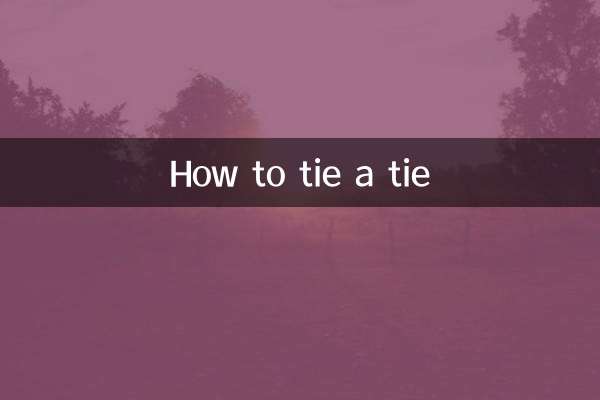How to arrange fitness: Plan your exercise plan scientifically
As health awareness increases, fitness has become an important part of many people's daily lives. However, how to arrange fitness plans scientifically and avoid blind training is a concern of many people. This article will combine the hot topics and hot content in the past 10 days to provide you with a structured fitness arrangement guide.
1. Review of popular fitness topics

In the past 10 days, the hottest topics on social media and fitness forums include: the rise of home fitness, the effects of high-intensity interval training (HIIT), fitness diet, and how to avoid sports injuries. The following is a compilation of some hot data:
| hot topics | Discussion popularity (index) | main focus |
|---|---|---|
| home fitness | 85 | No equipment required, save time |
| HIIT training | 78 | Highly efficient fat burning |
| fitness diet | 72 | Protein intake, carbohydrate control |
| Sports injury prevention | 65 | Warm up and stretch |
2. Scientific advice on fitness arrangements
Based on the advice of fitness experts and discussions on hot topics, the following is a scientific fitness arrangement plan:
1. Set clear fitness goals
The first step in a fitness plan is to define your goals. Do you want to lose fat, gain muscle, or improve your physical fitness? Different goals require different training methods and diet plans.
| fitness goals | Recommended training types | Dietary Focus |
|---|---|---|
| fat loss | Aerobics + HIIT | Low sugar, high protein |
| Build muscle | strength training | High protein, moderate carbohydrates |
| Improve physical fitness | Comprehensive training | balanced diet |
2. Weekly training plan
Reasonable training frequency and intensity are key to avoiding excessive fatigue. Here is a general weekly training schedule:
| Week | Training content | duration |
|---|---|---|
| on Monday | upper body strength training | 45 minutes |
| Tuesday | Aerobics (running/swimming) | 30 minutes |
| Wednesday | rest or yoga | - |
| Thursday | Lower body strength training | 45 minutes |
| Friday | HIIT training | 20 minutes |
| Saturday | Full-body stretching or low-intensity aerobics | 30 minutes |
| Sunday | rest | - |
3. Diet and rest
Fitness is not just exercise, diet and rest are equally important. Here are some key suggestions:
-diet: Make sure to consume enough protein (1.2-2 grams per kilogram of body weight), moderate carbohydrates, and healthy fats every day. Replenishing protein and carbohydrates within 30 minutes after exercise will help muscle recovery.
-rest: Ensure 7-8 hours of sleep every day, give your body enough recovery time after training, and avoid continuous high-intensity training.
3. Avoid common misunderstandings
According to recent discussions, many fitness enthusiasts tend to fall into the following misunderstandings:
-overtraining: Ignoring rest days can lead to physical fatigue or even injury.
-Improper diet: Excessive intake of protein or complete abstinence from carbohydrates will affect body functions.
-Follow the trend blindly: If you don’t choose a training method based on your own situation, the effect will be counterproductive.
Conclusion
Scientific fitness arrangements need to combine goals, training, diet and rest. With proper planning, you can not only avoid sports injuries, but also achieve your fitness goals more efficiently. I hope the structured suggestions in this article can provide you with valuable reference!

check the details

check the details